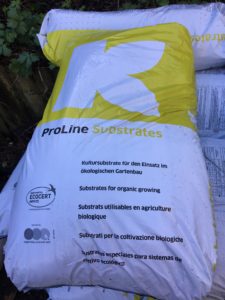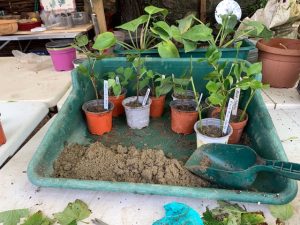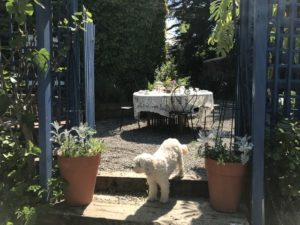Giving your seeds the best start is really worth it.
Klasmann compost now available for collection here in Dalkey €20.

Klasmann Seed compost
Call Annmarie on 087 2256365 or m. dalkeygarden@gmail.com
Saturday Gardening Class 2025
€185.00
6 classes 10-1pm.
Saturday Gardening Class
Saturday Gardening Class
March 22.
April.5,13 26.
May 3,10.
An introduction to how to take good care of your garden. What plants to plant and how.Focus will be on understanding your garden, plants and creatures who live there. My favourite, composting and soil health.
Pruning, soil, composting, propagation and designing with your plants both ornamental and culinary. All materials are supplied. As the classes are small we will have an opportunity to focus on your needs.
Thursday Gardening Class 2025
Thursday Mornings 10 -1pm
March 27, April.3,10,17. May 1,8
An introduction to how to take good care of your garden. What plants to plant and how.Focus will be on understanding your garden, plants and creatures who live there. My favourite, composting and soil health.
Pruning, soil, composting, propagation and designing with your plants both ornamental and culinary. All materials are supplied. As the classes are small we will have an opportunity to focus on your needs. I CAN ISSUE A CHRISTMAS VOUCHER email me with your message dalkeygarden@gmail.com
Getting rid of weeds now saves so much grief later on
Hoeing now, disturbs slug eggs, reducing their population, reducing loss of baby shoots.
A most popular tool! The double action Oscillating Hoe has an outstanding reputation for being fast and effective. Also called the stirrup hoe.
How to use: Stand in an upright position holding the long handle. Move the hoe backwards and forwards using small movements (10-15cms) so that the hinged bladed moves back and forwards in the soil. The blade is parallel to the ground and cuts the weeds off at the root.
- The blade of the oscillating hoe works parallel to the ground.
- Weeds are undercut by pushing/pulling the sharp blade through the top layer of the soil.
- Effect – weeds cut off and soil surface loosened for better air/water penetration.
- Blades are made of high tempered spring steel to stay sharp.
- Hoe widths available: 125mm & 85mm (other on request).
- Blades are screwed on for easy replacement.
Price does not include delivery
Mornington Garden will reopen in 2025 to small groups and individuals for garden tour with morning coffee or afternoon tea.
Booking is essential
Mobile: 087-2256365
Email: dalkeygarden@gmail.com
Annmarie





